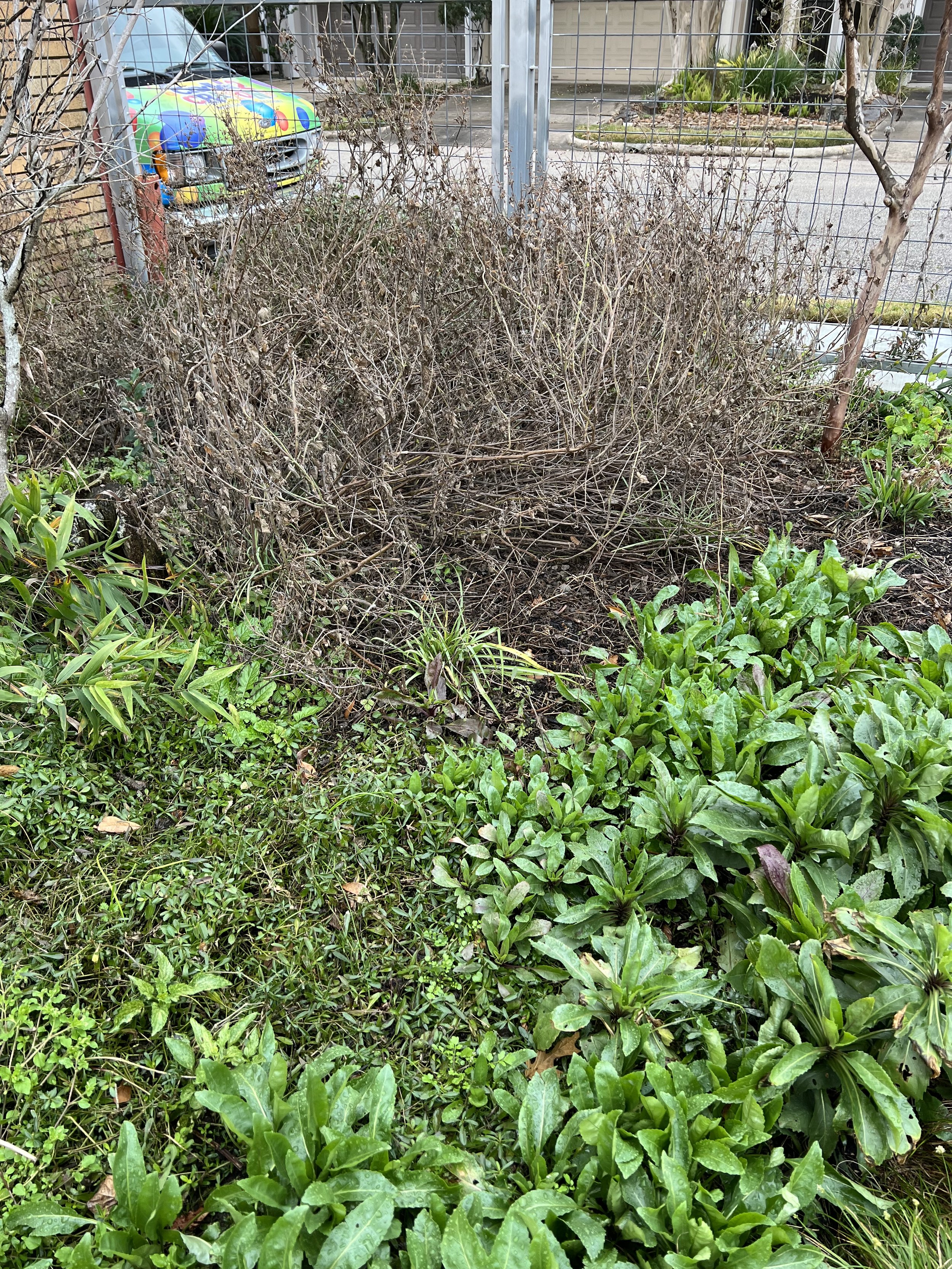Cindee Travis Klement
Endangered Knowledge: The Soul of Humus
Long Term Proposal - sponsorship and site selection
Sponsorship from the energy industry can mutually benefit from my long-term plan.
How can this work be valuable to the energy industry?
I read in the Houston Chronicle that oil firms wrestle with public image. And, I have read that these same companies are starting to look at agriculture to regenerate the planet and return carbon to our soil for future generations. So, sponsoring my carbons sequestering figurative sculpture can be a tool to build a positive public image, support the environment through educating the public with the natural history it represents, and support the arts and female artists.
What is my long-term vision for the piece?
I believe that we cannot fix our environmental issues if we as a society do not understand how our environment works. Therefore, I made Endangered Knowledge: The Soul of Humus an educational, ecological work for now and for civilizations to come. My vision is to exhibit the work in a high-traffic location on Houston's Buffalo Bayou with the Energy city skyline behind it. The tension of the great bison created out of the indigenous earth and organic material placed against the glass skyline of the energy city will permanently record this endangered knowledge to the citizens and visitors of the coastal prairies collective memory. It will plant the seeds to holistically balance the needs of humanity and wildlife in urban landscapes. I will be a reminder of our collective responsibility of sequestering carbon, soaking up rainwater, and cooling the planet, extending our time on the earth. For the piece to stand the weather, it will be cast in bronze.
How can this sculpture be valuable to the Buffalo Bayou Partnership and the city of Houston?
In the early 2000s, I chaired my daughter's high school environmental social service project. I organized a clean-up on Buffalo bayou for the 16-year-olds. We were pretty new to Houston, and I was curious about Buffalo Bayou's name. After some research, I learned the last bison herd was seen just after the Alamo. A few years later, I discovered the connection between grazing herds, soil health, food production, sequestering carbon, and soaking up rainwater. All these things are crucial to human existence, yet it is unknown by most of the population. Buffalo Bayou is Houston's most significant natural resource, a natural landmark. It is the site my environmental sculpture can have the most important environmental impact. Below is an image of the site I envision for the piece.
What will it cost?
Over the last eight years, I have built a relationship with Legacy Fine Arts Foundry, a minority woman-owned foundry. We have worked out a process to direct cast organic material into bronze. I can show you samples in my studio. The work will not look like a bronze monument it will be a work of art. The process is similar to that of Joe Havel and Linda Ridgeway but adapted to my organic materials. This piece will take the process of direct casting to a whole new level. I project the project will come in between $150,000 - $260,000. That would include a production cost of roughly $100,000., transportation, engineering fees, site preparation, lighting, installation, insurance, artist, consultant fees, etc. Much of the cost is dependent on the site.


